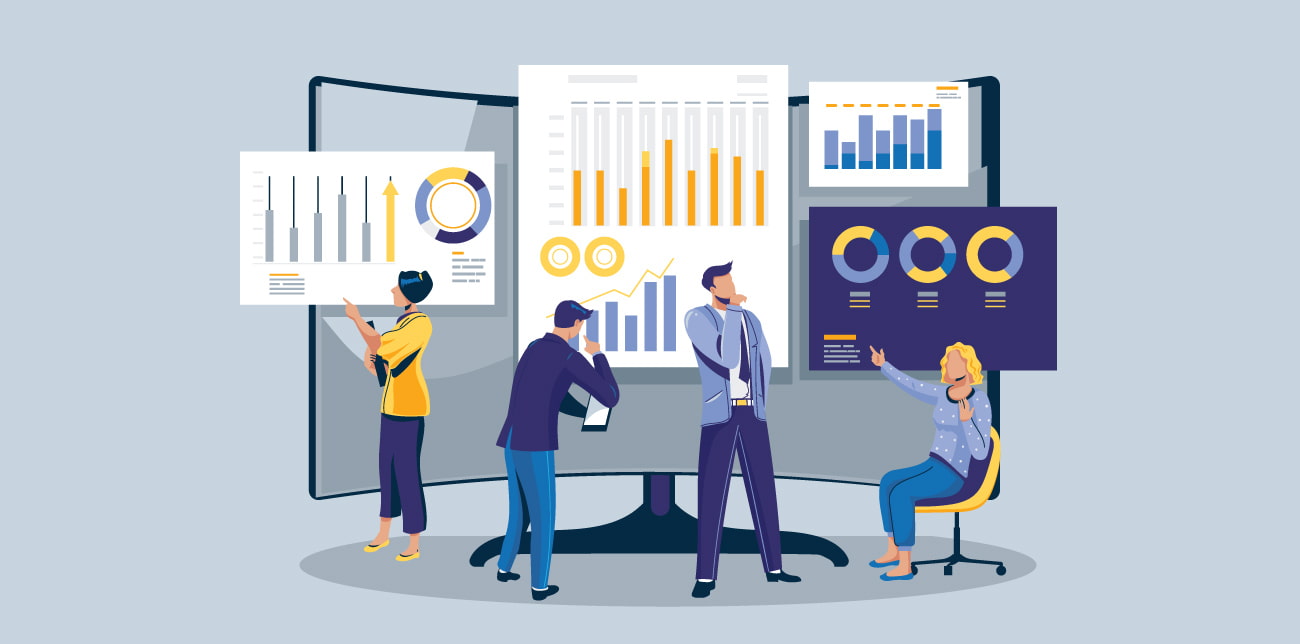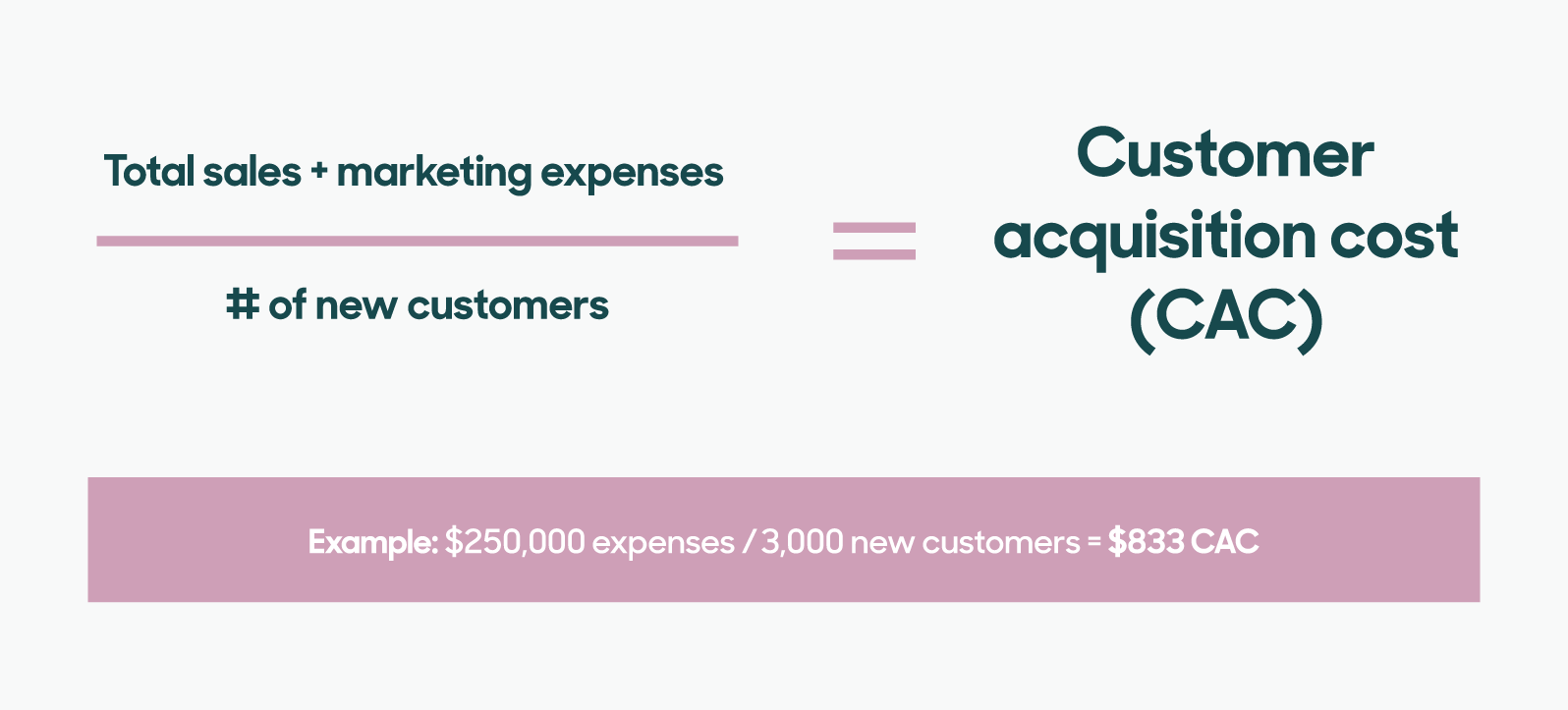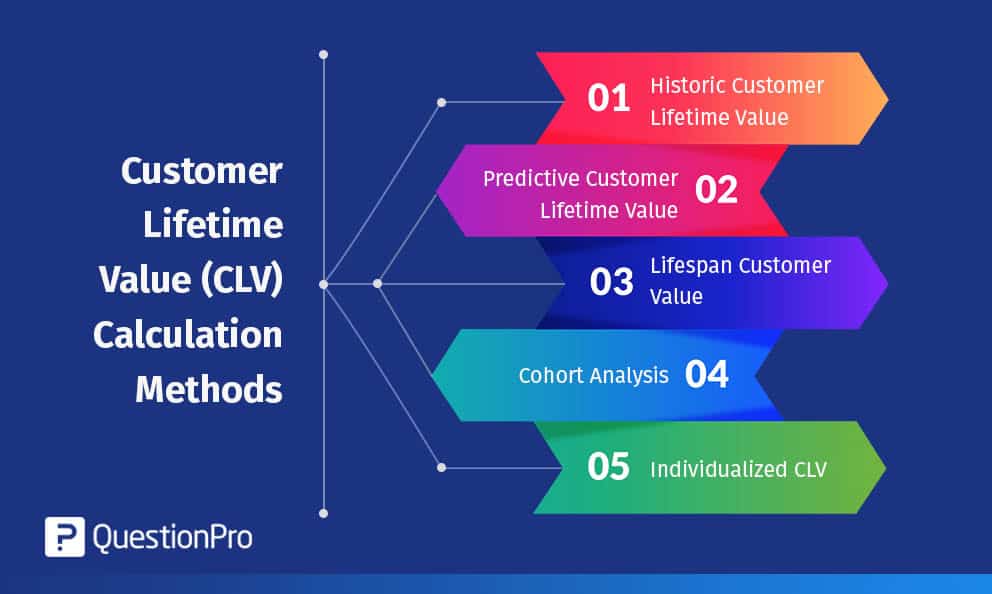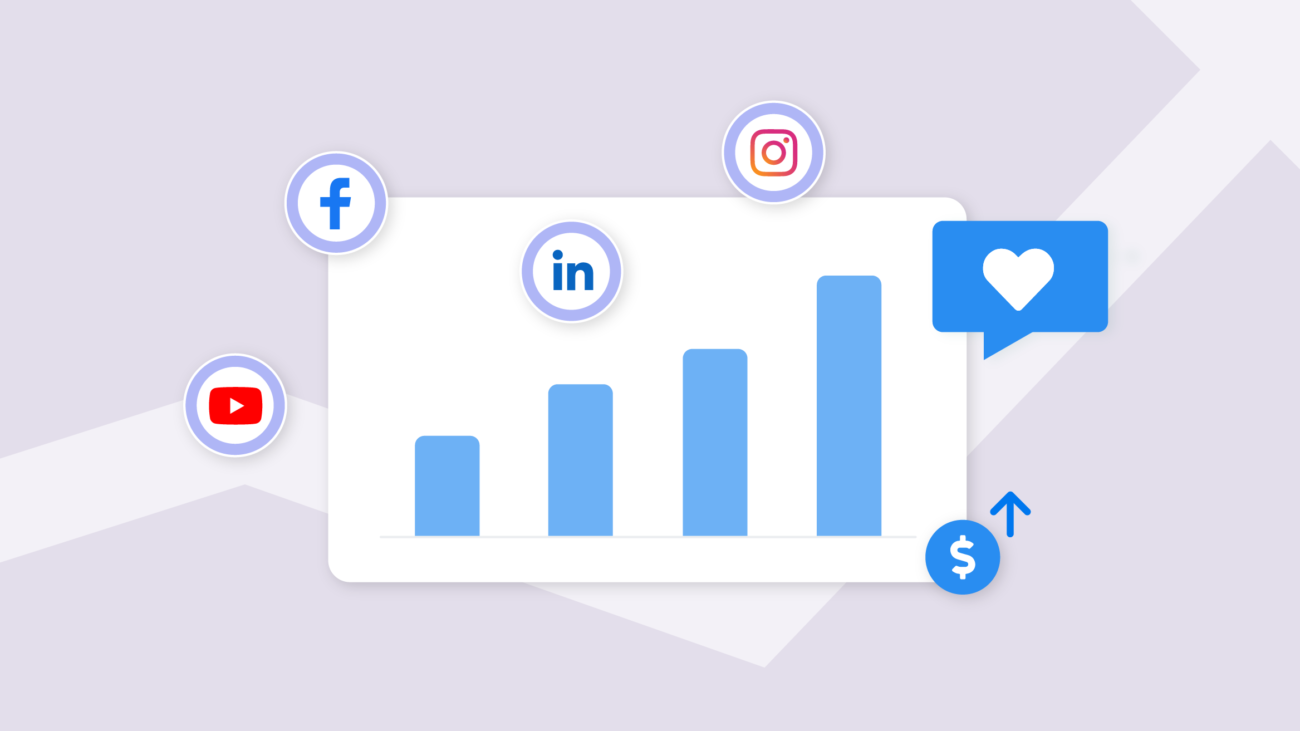In the dynamic world of digital marketing, social media has emerged as a powerful tool for brands to engage with their audience, build brand awareness, and drive sales. However, to ensure the effectiveness of your social media efforts, it’s crucial to measure your return on investment (ROI). By tracking key metrics, you can gauge the success of your campaigns, make data-driven decisions, and continuously improve your strategy. This article will explore the essential metrics to measure social media ROI and how to use this data for ongoing improvement.
Why Measuring Social Media ROI Matters
Measuring social media ROI helps you understand the impact of your efforts on your business goals. It allows you to:
Justify Marketing Spend: Demonstrate the value of social media to stakeholders.
Optimize Campaigns: Identify what’s working and what’s not to refine your strategy.
Allocate Resources: Allocate budget and resources more effectively based on performance insights.
Achieve Goals: Ensure your social media activities are aligned with business objectives.
Key Metrics to Track Social Media ROI
1. Engagement Metrics
Engagement metrics reflect how your audience interacts with your content. High engagement indicates that your content resonates with your audience.
Likes and Reactions: Measure the immediate response to your posts.
Comments: Gauge deeper engagement and interest in your content.
Shares: Determine how often your content is being shared, expanding your reach.
Clicks: Track the number of clicks on your links to understand content effectiveness.
Using Engagement Metrics:
Analyze which types of content generate the most engagement and replicate successful elements in future posts. Use comments and feedback to understand audience preferences and improve content relevance.

2. Reach and Impressions
Reach and impressions metrics help you understand the visibility of your content.
Reach: The number of unique users who have seen your content.
Impressions: The total number of times your content has been displayed, regardless of whether it was clicked.
Using Reach and Impressions:
Assess the effectiveness of your content distribution and identify the best times to post for maximum visibility. A high reach with low engagement may indicate a need for more compelling content.

3. Follower Growth
Follower growth measures the increase in the number of followers over time. This metric reflects the expansion of your audience base.
Using Follower Growth:
Track follower growth in correlation with specific campaigns or content strategies to understand what drives audience growth. Analyze demographics and interests of new followers to tailor your content.

4. Conversion Metrics
Conversion metrics are critical for measuring the direct impact of social media on your business objectives.
Click-Through Rate (CTR): The percentage of users who clicked on your social media post link.
Conversion Rate: The percentage of users who completed a desired action (e.g., signing up for a newsletter, making a purchase) after clicking through from social media.
Cost Per Conversion: The cost incurred to achieve each conversion.
Using Conversion Metrics:
Identify which platforms and content types drive the most conversions. Optimize your social media ads and landing pages to improve conversion rates and reduce costs.

5. Customer Acquisition Cost (CAC)
CAC measures the total cost of acquiring a new customer through social media marketing efforts.
Using CAC:
Compare CAC across different social media channels to determine the most cost-effective platforms for customer acquisition. Adjust your budget allocation based on performance.

6. Return on Ad Spend (ROAS)
ROAS measures the revenue generated for every dollar spent on social media advertising.
Using ROAS:
Evaluate the profitability of your social media ad campaigns. Higher ROAS indicates more efficient ad spending. Adjust your ad targeting, creative, and budget to maximize ROAS.

7. Customer Lifetime Value (CLV)
CLV estimates the total revenue a business can expect from a single customer over the duration of their relationship.
Using CLV:
Assess the long-term value of customers acquired through social media. Higher CLV justifies higher initial acquisition costs. Implement strategies to increase CLV, such as loyalty programs and personalized marketing.

How to Use Data for Improvement
Set Clear Goals:
Define specific, measurable, achievable, relevant, and time-bound (SMART) goals for your social media campaigns. Align these goals with your overall business objectives.
Regular Reporting:
Create regular reports to track key metrics and analyze trends over time. Use tools like Google Analytics, Facebook Insights, and social media management platforms to gather data.
Benchmarking:
Compare your performance against industry benchmarks and competitors to identify areas for improvement.
A/B Testing:
Conduct A/B tests on different content formats, posting times, and ad creatives to determine what works best for your audience.
Iterative Optimization:
Continuously refine your strategy based on insights from your data. Implement changes incrementally and monitor their impact.
Audience Feedback:
Pay attention to comments, reviews, and direct messages to gain qualitative insights into your audience’s preferences and pain points.
Cross-Channel Analysis:
Analyze how social media performance integrates with other marketing channels. Look for synergies and optimize your overall marketing strategy accordingly.
Conclusion
Measuring social media ROI is essential for understanding the effectiveness of your social media efforts and making informed decisions. By tracking key metrics such as engagement, reach, conversions, and customer acquisition cost, you can optimize your campaigns, justify your marketing spend, and achieve your business goals. Use the data to continuously improve your strategy, ensuring your social media efforts deliver maximum value.

